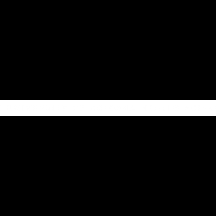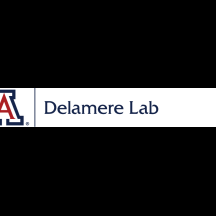| Title | TRPV1 activation stimulates NKCC1 and increases hydrostatic pressure in the mouse lens. |
| Publication Type | Journal Article |
| Year of Publication | 2020 |
| Authors | Shahidullah M, Mandal A, Mathias RT, Gao J, Križaj D, Redmon S, Delamere NA |
| Journal | Am J Physiol Cell Physiol |
| Volume | 318 |
| Issue | 5 |
| Pagination | C969-C980 |
| Date Published | 2020 May 01 |
| ISSN | 1522-1563 |
| Keywords | Animals, Bumetanide, Capsaicin, Cell Line, Epithelium, Humans, Hydrostatic Pressure, Lens, Crystalline, Mice, Mice, Knockout, Phosphorylation, Signal Transduction, Solute Carrier Family 12, Member 2, Swine, TRPV Cation Channels |
| Abstract | The porcine lens response to a hyperosmotic stimulus involves an increase in the activity of an ion cotransporter sodium-potassium/two-chloride cotransporter 1 (NKCC1). Recent studies with agonists and antagonists pointed to a mechanism that appears to depend on activation of transient receptor potential vanilloid 1 (TRPV1) ion channels. Here, we compare responses in lenses and cultured lens epithelium obtained from TRPV1 and wild type (WT) mice. Hydrostatic pressure (HP) in lens surface cells was determined using a manometer-coupled microelectrode approach. The TRPV1 agonist capsaicin (100 nM) caused a transient HP increase in WT lenses that peaked after ∼30 min and then returned toward baseline. Capsaicin did not cause a detectable change of HP in TRPV1 lenses. The NKCC inhibitor bumetanide prevented the HP response to capsaicin in WT lenses. Potassium transport was examined by measuring Rb uptake. Capsaicin increased Rb uptake in cultured WT lens epithelial cells but not in TRPV1 cells. Bumetanide, A889425, and the Akt inhibitor Akti prevented the Rb uptake response to capsaicin. The bumetanide-sensitive (NKCC-dependent) component of Rb uptake more than doubled in response to capsaicin. Capsaicin also elicited rapid (<2 min) NKCC1 phosphorylation in WT but not TRPV1 cells. HP recovery was shown to be absent in TRPV1 lenses exposed to hyperosmotic solution. Bumetanide and Akti prevented HP recovery in WT lenses exposed to hyperosmotic solution. Taken together, responses to capsaicin and hyperosmotic solution point to a functional role for TRPV1 channels in mouse lens. Lack of NKCC1 phosphorylation and Rb uptake responses in TRPV1 mouse epithelium reinforces the notion that a hyperosmotic challenge causes TRPV1-dependent NKCC1 activation. The results are consistent with a role for the TRPV1-activated signaling pathway leading to NKCC1 stimulation in lens osmotic homeostasis. |
| DOI | 10.1152/ajpcell.00391.2019 |
| Alternate Journal | Am J Physiol Cell Physiol |
| PubMed ID | 32293931 |
| PubMed Central ID | PMC7294325 |
| Grant List | P30 EY014800 / EY / NEI NIH HHS / United States R01 EY009532 / EY / NEI NIH HHS / United States EY009532 / EY / NEI NIH HHS / United States |

